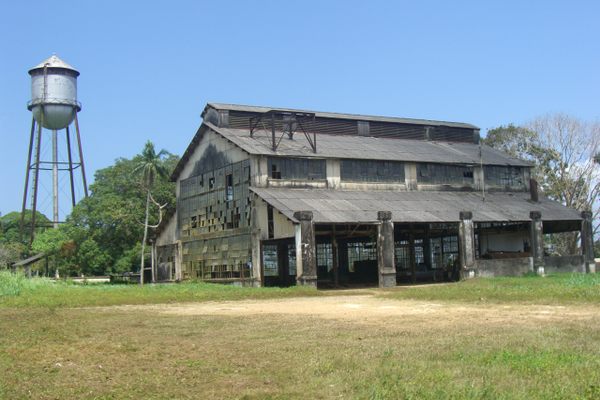Dr. Sun Yat-Sen Classical Chinese Garden
Traditional 15th century Chinese garden in the middle of Vancouver.
Hidden behind a low white building in the middle of Vancouver’s Chinatown is the Dr. Sun Yat-Sen Classical Chinese Garden. The Garden, which is named for the father of modern China, is a collaboration between Canada and the People’s Republic of China. It was designed by fifty-two craftsmen from Suzhou and their Canadian counterparts, with funding provided by private, public, and government organizations from both countries. The structure is based on the garden homes of Ming Dynasty scholars and officials and is the first such garden constructed outside of China.
Chinese gardens are like horticultural mosaics, packed with colors and strange surprises: winding paths, lily pads glimpsed through the leaves of a willow tree, moongates, a sudden flash of gold in the water as a fish swims by. It is deliberately designed this way, designed so that every view of the garden is a different one; the entire thing can never be seen at once.
The ultimate goal of the Garden is to create a space based on Chinese philosophy, incorporating the ideas of Feng Shui, Taosim, and yin and yang to achieve perfect balance. The Garden is also “based on the harmony of four main elements: rock, water, plants, and architecture,” and juxtaposes vital herbs and plants, waterways, and mountains with buildings that blend into the organic elements.
Regular events in the garden include concerts, yoga lessons, and tai chi lessons. It also has a variety of unusual and seasonal events. In June, it hosts the Vancouver Storytelling Festival. In October, the Vancouver Chinese Instrumental Society presents a Fiddles Around the World Concert. In the winter, the Garden holds the Secret Lantern Society’s Winter Solstice Lantern Festival.
Other landmarks include seasonal plants: plum trees in the spring, jasmine in the winter and lotuses in the summer. The weathered limestone rocks were imported from Lake Tai near Suzhou and look different in different lights. The jade green pond is full of golden koi fish. The Penjing garden houses small trees that are 100 years old; they are known as “silent poems.” There are also many places to stop and rest; the Garden’s pavilions range from the small Han Bi Xie, or Jade Water Pavilion, which floats on the pond, to the Hua Feng Tang, or China Maple Hall, which plays host to many of the center’s meetings and events.
One of the highlights of the garden is Julian Law, a 92-year-old Chinese guide with a Scottish name, who points out the highlights of the garden while also expounding at length on ancient philosophy, the global economy, etiquette rules, and Chinese history. “Listen for Beethoven in the waterfalls,” he suggests earnestly, “and please feel free to converse with the rocks.” His tour ends in the Hall of One Hundred Rivers (Bai Chuan Tang), where visitors can sip oolong tea, play mahjong and practice Chinese calligraphy.
Obscura Day location: April 9, 2011.
Know Before You Go
The entrance is in the lane off Carrall Street between Pender Street and Keefer Street. Drive east on Pender Street to Columbia Street. Turn right on Columbia Street to Keefer Street. The closest Skytrain Station is "Stadium - Chinatown". Walk east on Keefer Street for three blocks. By Bus: Take #22 Knight or the #19 Metrotown from Downtown Vancouver. The closest bus stop to the Garden is located on Pender Street.





















Follow us on Twitter to get the latest on the world's hidden wonders.
Like us on Facebook to get the latest on the world's hidden wonders.
Follow us on Twitter Like us on Facebook